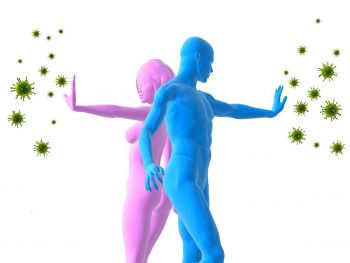
In simple terms, the immune system does a great job of keeping our bodies healthy and preventing infections. The immune system is made up of special cells, proteins, tissues, and organs. It works towards defending people against germs and microorganisms every day. Sometimes, problems with the immune system can lead to its breakdown, malfunction, illness …
Read more